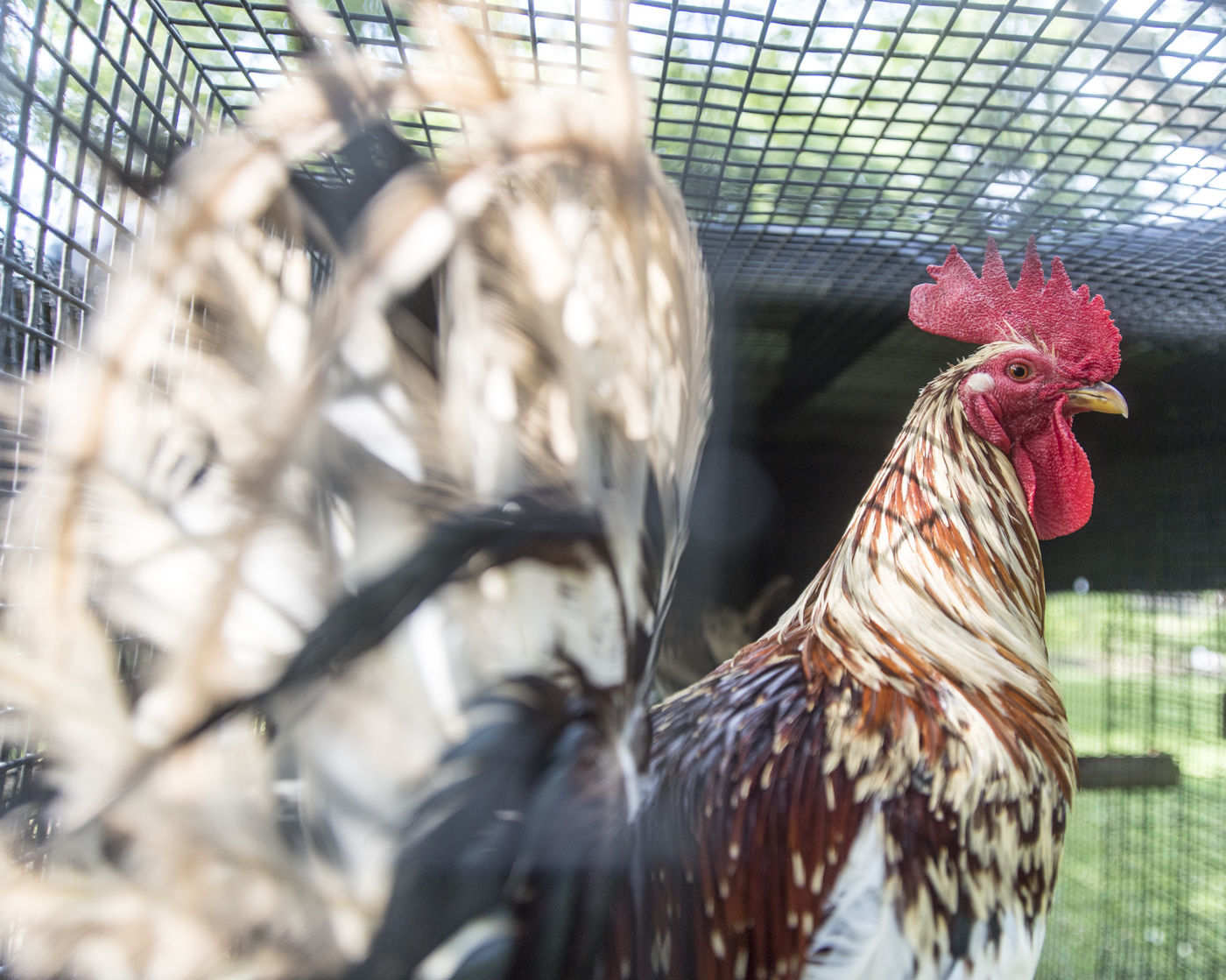

Supposedly, these were the better Hatches that gave rise From the Sandy Hatch stocksĬame Ted McLean’s version of Hatch that came both yellow and To come up with his signature Hatch fowl. Herman Duryea Boston Roundheads, Jim Thompson Mahoganies, among others, Whitehackle with a Kearney Brown Red, mixing in other bloods like the See more at: Ĭame form Sanford Hatch who blended, as story goes, a Kearney Produce battle cocks infused with the 'straight stuff' Hatch traits: Mclean Hatch became less of a threat, and they are now considerd at aĭisadvantage if fought pure. When modern gamefowl became faster, a pure Usually flly into two or three hits before throwing one of their McLean Hatch were rather poor cutters, low-headed dumb fighters, that The first McLean Hatches did not win all the time, they were admired by Spectacularly or lost as incredibly as well. Of their patented haymakers at their opponents. McLean Hatches were rather poor cutters, low-headed dumbįighters, that usually fly into two or three hits before throwing one Many for their aggressive, no-holds barred attitude and suicide attack McLean Hatches did not win all the time, they were admired by Trait from the Brown Red and Black Sid Taylor) Along with the Yellow-Leg Hatch, the Blueface is known as among the better Hatch bloodlines. Sweater didn't like those "damned blue faced chickens"īut he didn't give up on them. Took one of the strange cocks in his brood, an "Old Blueface" to mate to some hens of Madigan Gray and They deliver their blows with a snap and every punch lands where it Their legs reached out a mile with every stroke, Hatch are fast, terrific bucklers, hard hitters, deadly cutters, andĪggressive finishers. Mixing these with his other bloodlinesĭeveloped the Blueface as we know it today. The one cross that seemed to add just the edge he was looking for was Sweater tried various crosses with those "damned blue face chickens." traded some Hatch fowl, and in 1958, J.D. The Radio has aĪt any rate, Sweater and J.D.

With the mortal slash, when their opponent is down the Radio is tooįast with multi-shuffling hits on top of its enemy. Much shuffling or clean and alive because Radios can win super fastĪgainst unwary offbeat gamefowl. After fighting in the pit they either leave very injured from too With a smart and speedier bloodline might help improve its fightingĪ Whitehackle and Kelso hybrid, the Radio has a tendency to cut too In fast fashion for their aggressive nature.Ĭompared with modern gamefowl, the Radio is a tad slower so breeding Radios put together a winning streak so admired because the birds won

Hit because of their sheer aggressiveness. If the opponent is a superior fighter they lunge into the As Johnny Jumper says, they aren't very smartįighters because they have only one direction-forward for the kill, win Very aggressive fighters, and this is often both their advantage and Same gamefowl traits as the McRaes as black pit fighters go. Some say that among gamefowl pit fighters, Once you go Black, you don't go back. Often sought on its own as a pure stock battlefowl by fight aficionados who prefer Black fighters. Roundheads are rather tricky to condition because they tend to mature or peak early as stags, so you must fight your best bird according to its state of readiness.Īnother outstanding fast cutting Black gamefowl in a class all its own. They cross well with Clarets, Butchers, Greys, and of course, Hatches. There are other Roundhead families like the Bruners, Sheltons, Allen and Boston. The most famous among the many Roundheads is the Lacy Roundhead, originated by Judge Lacy. Roundheads are known to possess devastating leg power and are characteristically flyers that break high. They are also very aggressive, and superbly fast cutters. Roundheads are smart fighters with weaving abilities or the often prized evasion trait of side-stepping because of their natural agility. The gamefowl are medium to high stationed with an average weight of 2 to 2.4 They come ether yellow legged or white legged and have red eyed and pale yellow Considered an Asian fowl rather than an American breed because of its roots, Roundheads have black spurs and are peacombs.


 0 kommentar(er)
0 kommentar(er)
